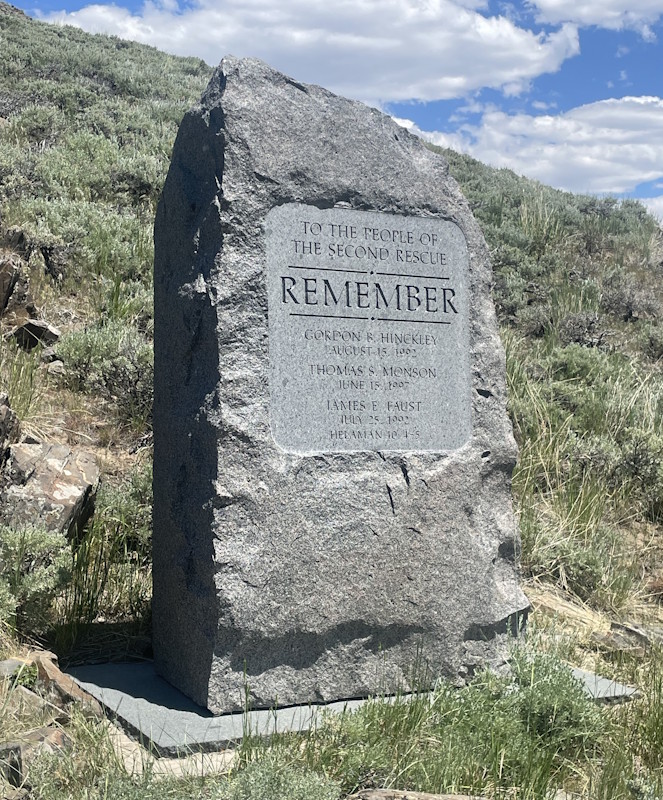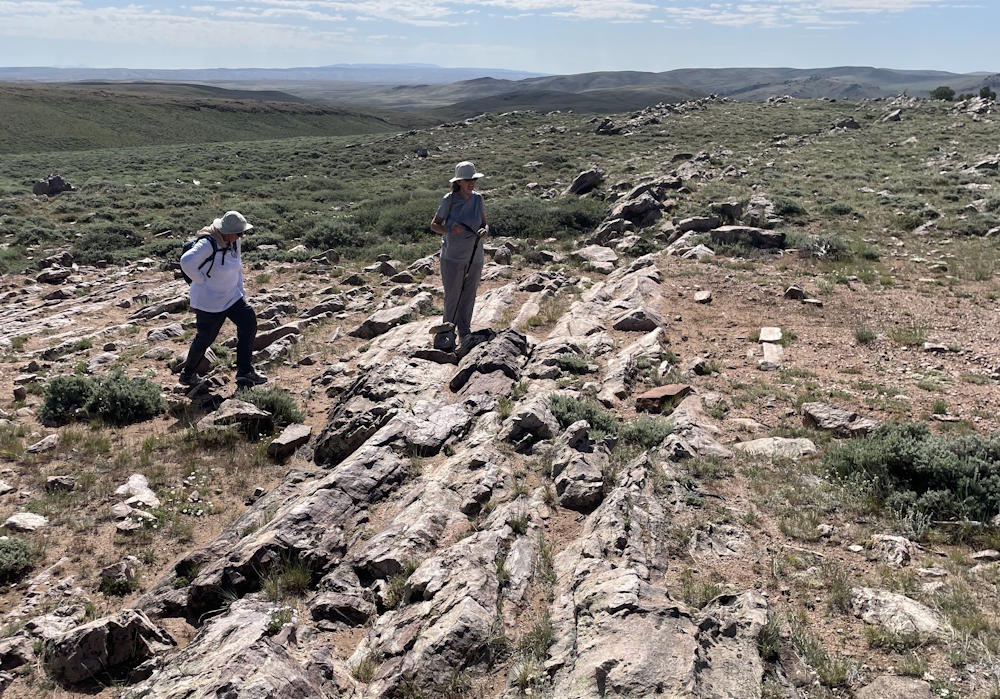Kevin - Thursday. With Mark and Becky near the end of their time with us, we want to help them experience some things they want to do while on the trail. We decided to drive out to Rocky Ridge and hike it together today. We positioned one car at the end, then drove back to the Lower Rocky Ridge Memorial where we started hiking.
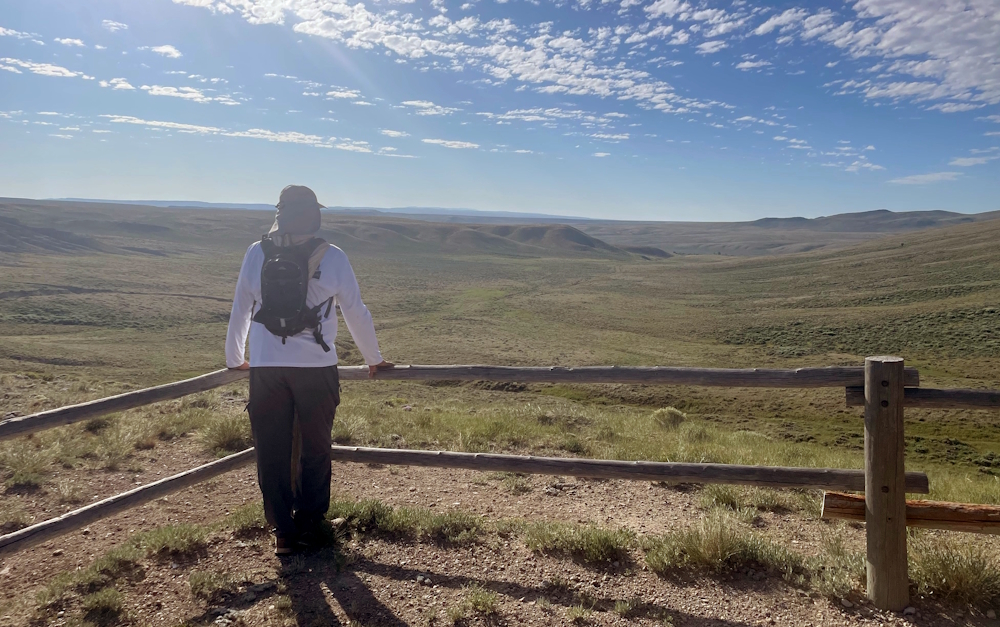
Rocky Ridge looms large in Oregon-California-Mormon stories. The route gains some 700 feet in just two miles. That doesn’t seem like much, does it? The rock strata are eroding, putting gravel onto the trail. That makes for poor traction, your feet sliding backwards as you try to push forward against the hill’s incline. In some stretches, the strata are exposed as ‘shelves’ of rock a few inches thick. Layer after layer of rock shelves that the wagons would have to be pulled up and over by the draft animals with people helping push from behind. Layer after layer of rocky shelves that handcarts would have to be pulled and pushed over. And, between each ridge, there was a downhill that you would have to negotiate, then regain on the next hill the height you’d just lost.
And we’ve been seeing LARGE draft horse hoof prints. To the sides are wide wagon tracks – much too large for being handcart wheels. Someone is out here with a full-sized wagon being pulled by horses, not oxen or mules.
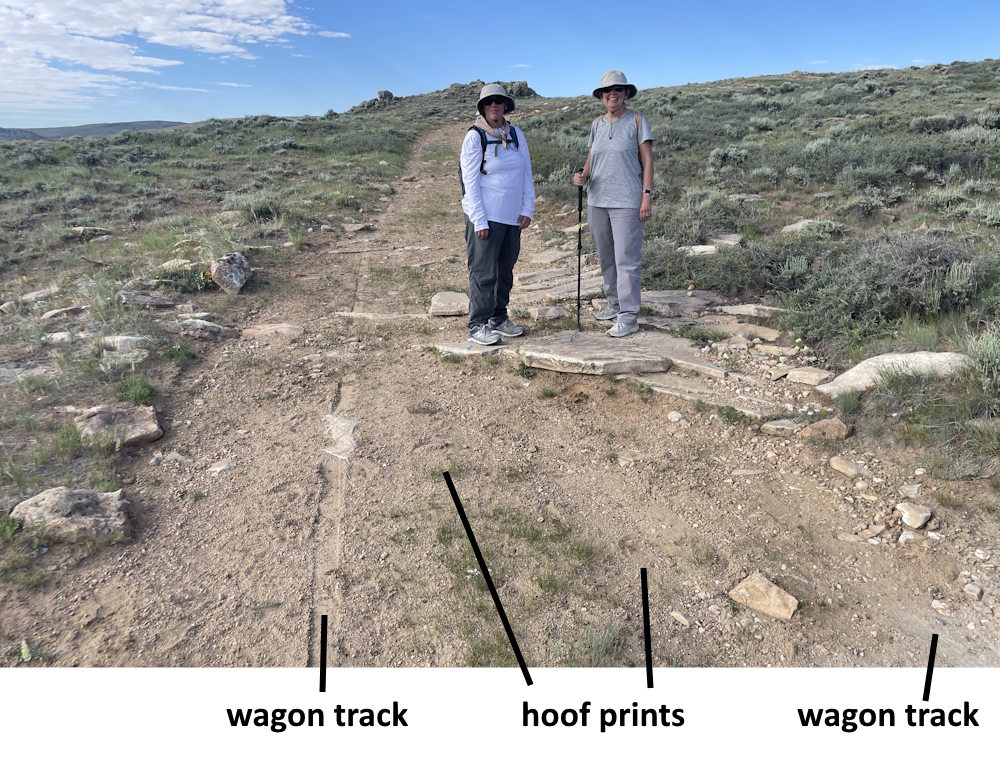
And, to top it off, Rocky Ridge is the highest part of the entire Oregon-Mormon Trail route. It gets to 7,300 feet above sea level. At that elevation, you’ve lost one-quarter of the oxygen you’d be breathing at sea level. It’s not an ascent of Everest by a long shot, but it’s hard. Just hiking up and down the hills is a strain on the lungs but imagine the respiratory and cardiac stress to animals and people as they worked hard to move their necessary homesteading possessions with them westward. If ever there was a place where unnecessary items were ejected from the wagons, this surely was it.
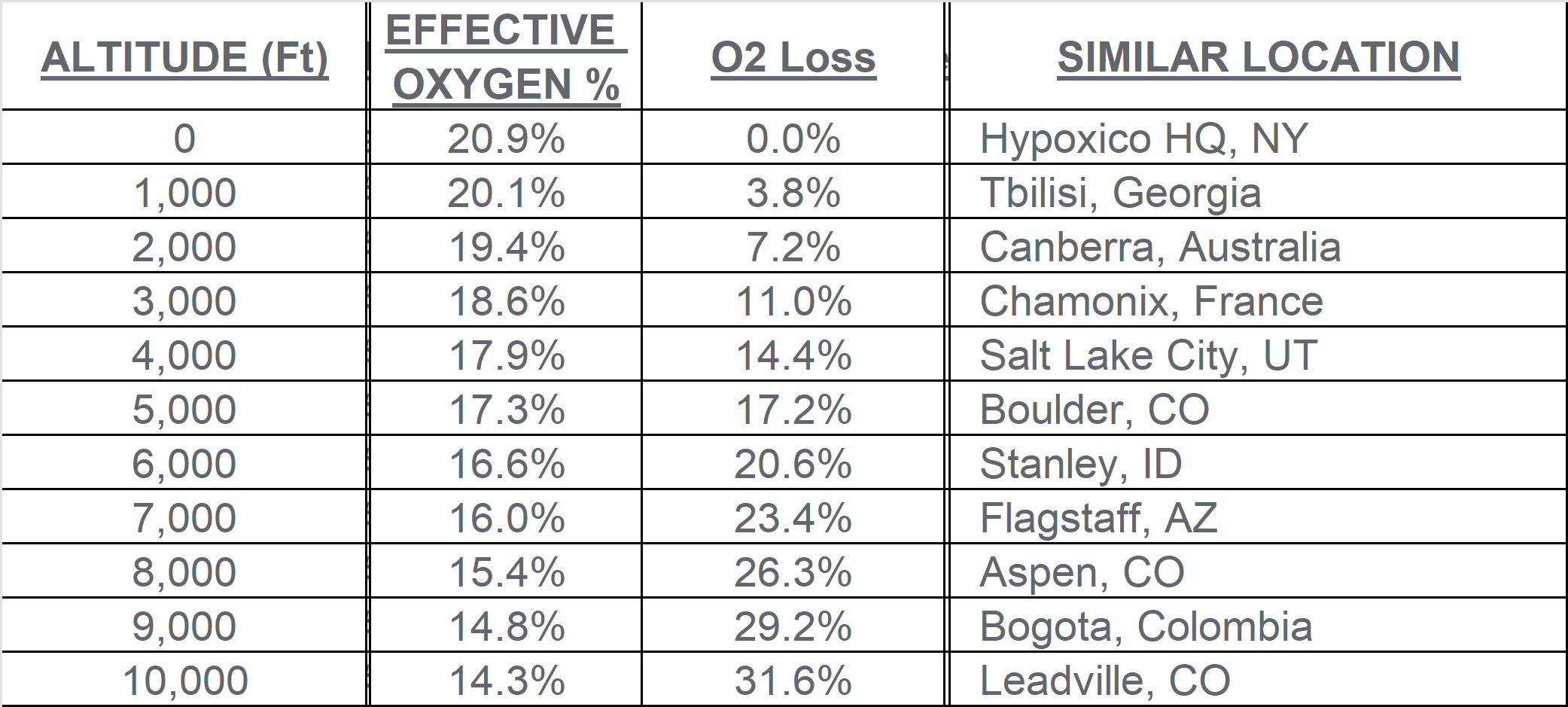
At the Upper Rocky Ridge Memorial is another of the shelving stretches. We take a few minutes to catch our breath but also examine the strata for evidence of rust stains showing where steel wagon wheels had slid sideways on the rock or where they had slipped on the rock shelves. There are plenty of red rust stains from all the youth handcart treks that pass through the gaps in the rock strata. But Denny notices some black stains and calls us over to see fresh steel marks. They’re black because the metal fragments haven’t rusted yet. It's a revelation to us that back in pioneer days fresh stains were black – at least until rain, snow and time allowed the metal to rust. Only with time did they eventually become rust red. Something important learned today.
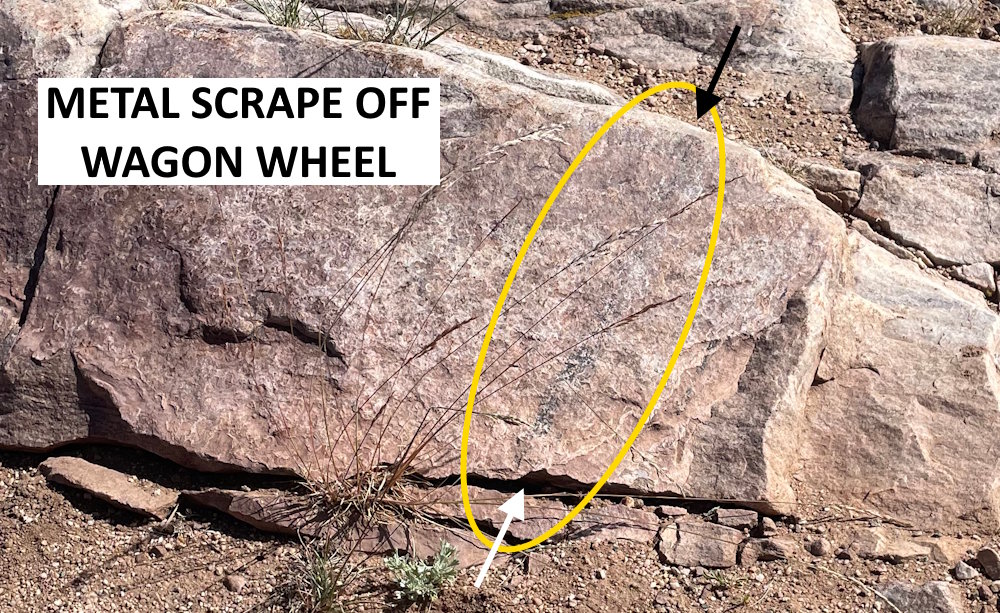
Also at the ridge line, the Wind River mountains are prominent to the north. Though nearly 20 miles off, they seem close enough to reach in a few hours.
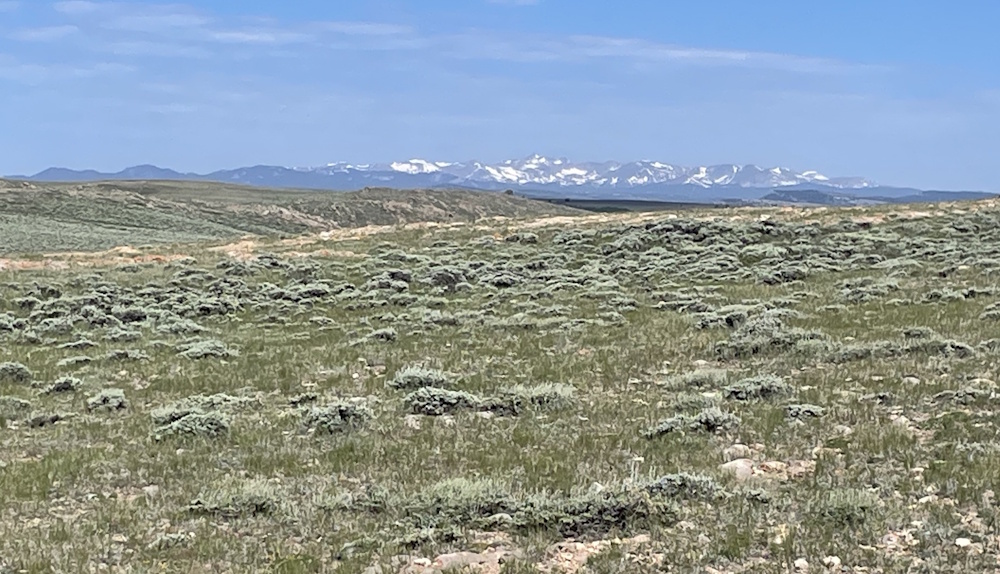
Next we’re off to Rock Creek, an important site related to 1856 handcart stories. It was here that 15 of the Willie company perished and were buried after a brutal crossing of Rocky Ridge taking some 18 hours. Cold, famished and worn out, the old, the young and those who had exhausted themselves helping others died. In so doing, they, the survivors, those sent to rescue them, and the entire story have become legendary. To some, they are an inspiration. To others, a cautionary tale. Either way you care to look at it, these pioneers made a choice, a commitment, a sacrifice and their stories live on in history. Take what lessons you want to; half empty, half full. But for every story there are multiple ways to view events and we should consider all viewpoints to learn what we can learn.
But, in any case, REMEMBER.
